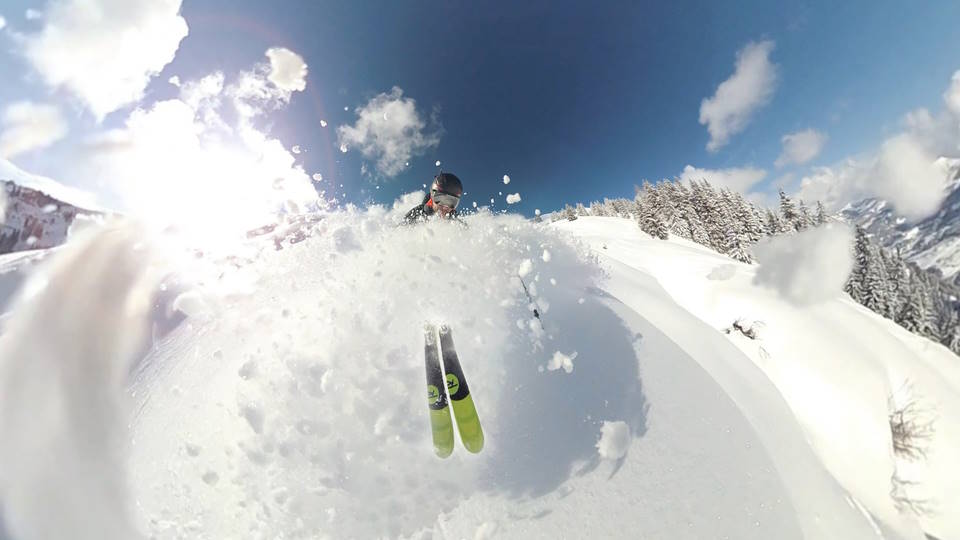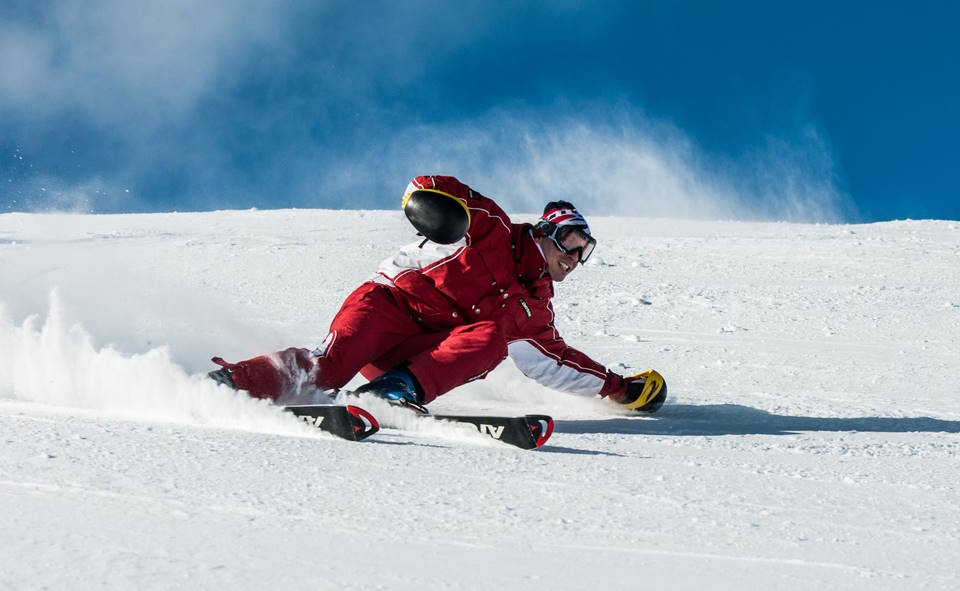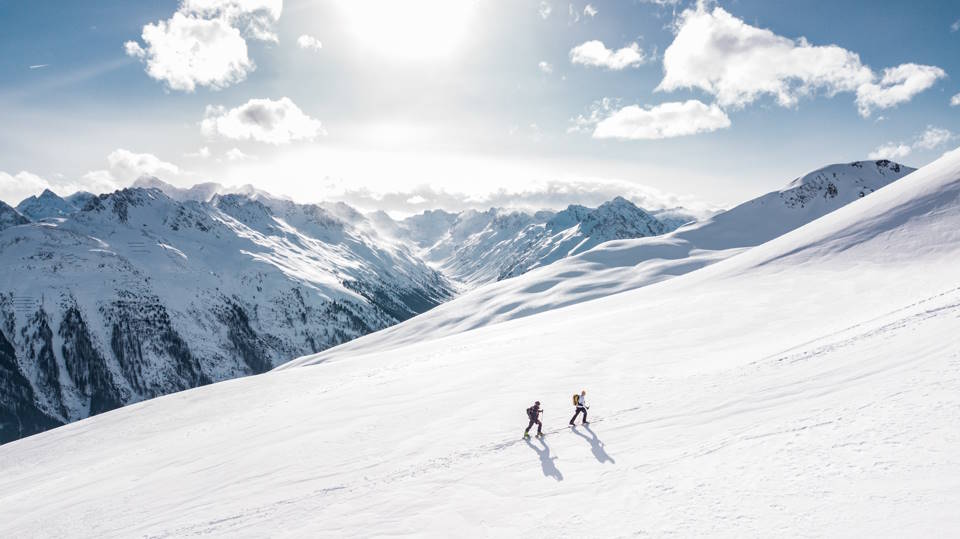Are you ready to take your skiing to the next level and compete in a skiing competition? Preparation is key to success on the slopes, and that’s why in this blog post, we will explore the essential steps to prepare for a skiing competition. From assessing your current skiing abilities to designing a personalized training plan, focusing on strength and endurance exercises, and practicing on various types of terrain and conditions, we will cover everything you need to know to get ready for the big day. Whether you’re a seasoned skier or just starting out, these tips and techniques will help you build the skills and confidence necessary to excel in a skiing competition. So, grab your gear, get ready to hit the slopes, and let’s dive into the world of competitive skiing!Improve skiing skills with personalized training plan, strength exercises, and varied terrain practice. Assess abilities and design a plan.
Assess Your Current Skiing Abilities
Before preparing for a skiing competition, it is crucial to assess your current skiing abilities. This involves taking a realistic look at your strengths and weaknesses on the slopes. Whether you are a beginner or an experienced skier, it is important to evaluate your skills in various areas such as speed, control, and technique. This self-assessment will help you identify the areas that need improvement and will guide you in setting realistic goals for your training plan.
One way to assess your skiing abilities is to observe yourself on the slopes. Take note of how you handle different terrains and conditions, your level of control while making turns, and your overall confidence on the snow. Additionally, seeking feedback from experienced skiers or instructors can provide valuable insights into areas that may need improvement. By identifying areas for improvement, you can tailor your training plan to focus on specific skills and techniques that will help you excel in the competition.
Another important aspect of assessing your skiing abilities is to evaluate your physical fitness and endurance. Skiing requires strength and stamina, so it is essential to determine if your current fitness level is adequate for the demands of the competition. Assessing your current physical condition will allow you to focus on strength and endurance exercises that will improve your overall performance on the slopes.
Lastly, assessing your current skiing abilities also involves setting realistic expectations for the competition. Take into consideration your previous skiing experience, your level of commitment to training, and any potential obstacles that may affect your performance. By acknowledging your strengths and weaknesses, you can approach your training plan with a clear understanding of what areas need the most attention.
Design A Personalized Training Plan
When preparing for a skiing competition, it’s crucial to design a personalized training plan that caters to your individual needs and goals. This plan should take into account your current skiing abilities, as well as the specific demands of the competition you’ll be participating in.
Start by assessing your strengths and weaknesses as a skier. Are you more confident in your speed, or do you struggle with technical maneuvers? Understanding where you excel and where you need improvement will help you tailor your training plan to address these areas.
Next, consider the physical demands of the competition. Will it require a lot of endurance, or will there be more emphasis on strength and agility? Based on these requirements, you can focus on exercises that target the areas you need to work on. For example, if endurance is key, incorporate long-distance running or cycling into your training. If strength and agility are more important, prioritize exercises that build muscle and improve flexibility.
It’s also important to incorporate variety into your training plan. Skiing competitions often take place in different types of terrain and weather conditions, so it’s crucial to practice on a variety of surfaces and in different weather patterns. This will help you build the adaptability and resilience needed to tackle whatever challenges come your way during the competition.
Ultimately, designing a personalized training plan is all about addressing your unique needs and the specific demands of the competition. By taking the time to assess your current abilities, focus on strength and endurance exercises, and practice on various types of terrain and conditions, you’ll be well-prepared to give your best performance at the upcoming skiing competition.
Focus On Strength And Endurance Exercises
Skiing competitions demand a high level of physical fitness and endurance. In order to prepare for the challenges of the slopes, it is essential to focus on strength and endurance exercises to build the necessary stamina and power. These exercises should not only target the lower body muscles needed for skiing, but also engage the core and upper body for overall strength and balance.
One key area to focus on is leg strength, as skiing requires powerful and controlled movements. Incorporating exercises such as squats, lunges, and calf raises can help to build strength in the quadriceps, hamstrings, and calf muscles. Additionally, including plyometric exercises like box jumps and lateral bounds can improve explosive power and agility, which are crucial for navigating tight turns and quick changes in direction on the slopes.
Endurance is another vital component of skiing performance, as races and competitions often involve long hours on the slopes. To improve cardiovascular endurance, activities such as running, cycling, and swimming can be beneficial. High-intensity interval training (HIIT) can also be an effective way to simulate the intensity and duration of skiing competitions, while improving overall cardiovascular capacity.
Furthermore, incorporating exercises that target the core and upper body can enhance overall stability and control while skiing. Planks, Russian twists, and mountain climbers are effective for building core strength and improving balance, while exercises like rows, pull-ups, and push-ups can strengthen the muscles used for pole planting and upper body rotation during skiing.
By focusing on a comprehensive range of strength and endurance exercises, skiers can better prepare themselves for the physical demands of competition, improve their overall performance, and reduce the risk of injuries on the slopes.
Practice On Various Types Of Terrain And Conditions
Practicing on various types of terrain and conditions is essential for preparing for a skiing competition. Adapting to different environments can greatly improve your overall performance on the slopes. Whether it’s icy, slushy, or powdery snow, being able to confidently navigate through each type of terrain will give you a competitive edge. By exposing yourself to different conditions during your training sessions, you’ll develop the skills and confidence needed to handle whatever comes your way during the competition.
Seek out different ski areas to experience a variety of terrain options. From groomed runs to steep moguls, exploring different types of terrain will challenge and improve your skiing abilities. Each type of terrain presents its own set of challenges, and by practicing on a range of conditions, you’ll be better prepared for the competition. Additionally, skiing in different areas can help you learn to adapt to new slopes and anticipate changes in terrain.
Don’t be afraid to push yourself out of your comfort zone and take on new challenges. This can include skiing in adverse weather conditions or trying trails that are outside of your usual skill level. By gradually expanding your comfort zone, you’ll become a more versatile skier, which will be a great advantage during the competition. Embracing different types of terrain and conditions in your training will ultimately make you a more well-rounded and confident skier.
Remember that consistency is key when it comes to practicing on various types of terrain and conditions. Regular exposure to different environments will help you adapt and improve your skills over time. By continuously challenging yourself and varying your training routine, you’ll become a more versatile and technically proficient skier. Embrace the opportunity to ski in diverse conditions as a way to elevate your performance and prepare for the upcoming competition.








